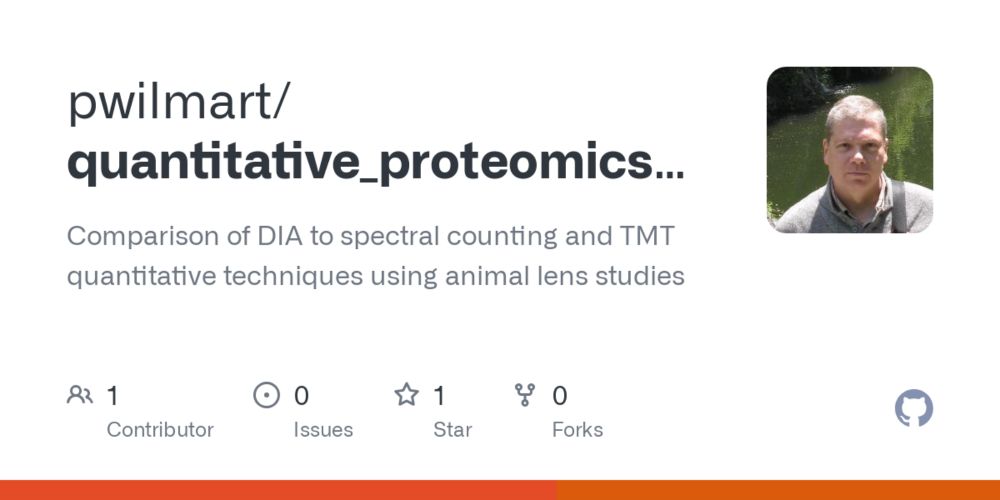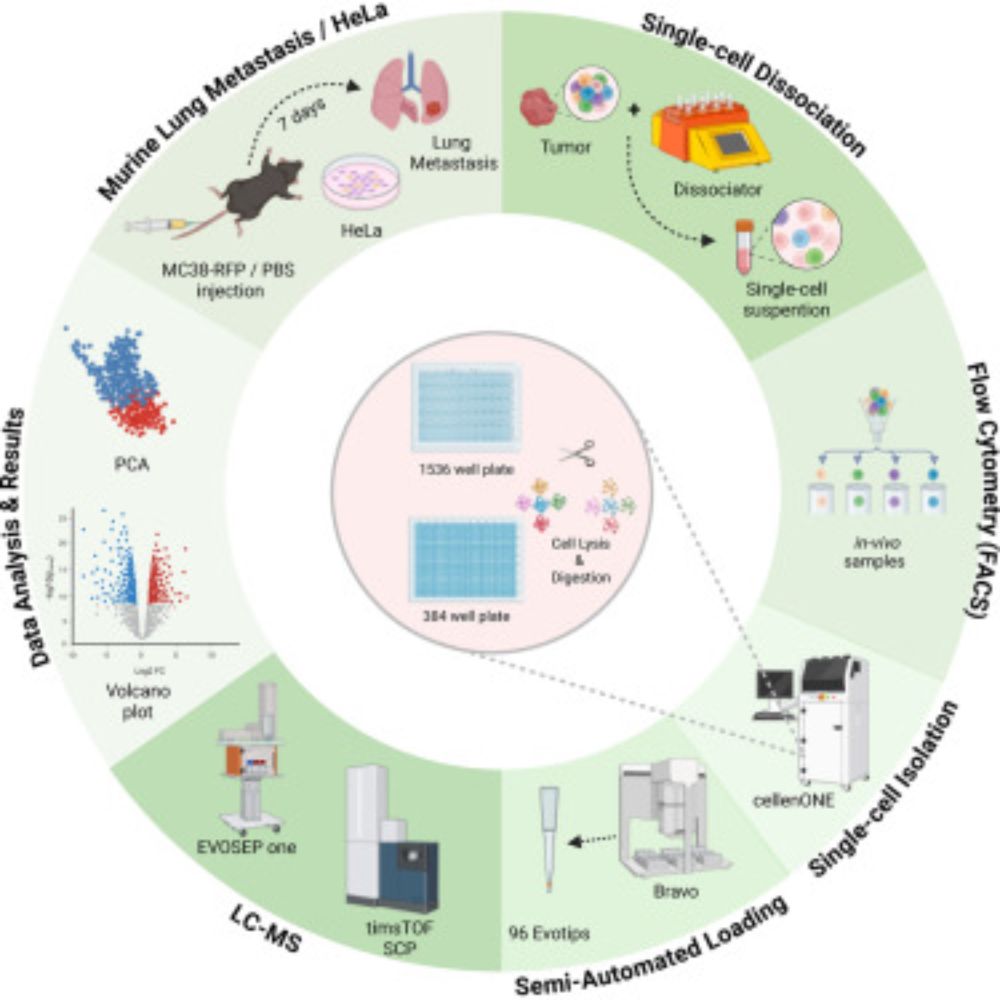One of the things that I find odd about academics is that even though they often have only had one job that their supervisor arranged for them, they talk about employment related matters with a confidence that one might assume was due to vast experience.
20.09.2025 15:06 — 👍 3 🔁 1 💬 1 📌 0
PeptideMapper by Rob Beynon
Oh yes, the URL of the peptide mapper:
phbuffers.org/Claude/pepti...
24.06.2025 16:52 — 👍 2 🔁 1 💬 0 📌 0
"More" IS "Better", no?
(\sarcasm)
18.06.2025 21:52 — 👍 1 🔁 1 💬 1 📌 0
Don't think it's relevant but "praja" in Sanskrit means "citizen" 🤣
01.04.2025 21:00 — 👍 2 🔁 1 💬 0 📌 0
Missed writing "non-redundant" tryptic peptides
21.03.2025 23:43 — 👍 0 🔁 0 💬 1 📌 0
Interesting. I wonder what this would look like if the cutoff scores were plotted against # tryptic peptides rather than # of entries in the FASTA.
21.03.2025 23:33 — 👍 0 🔁 0 💬 1 📌 0
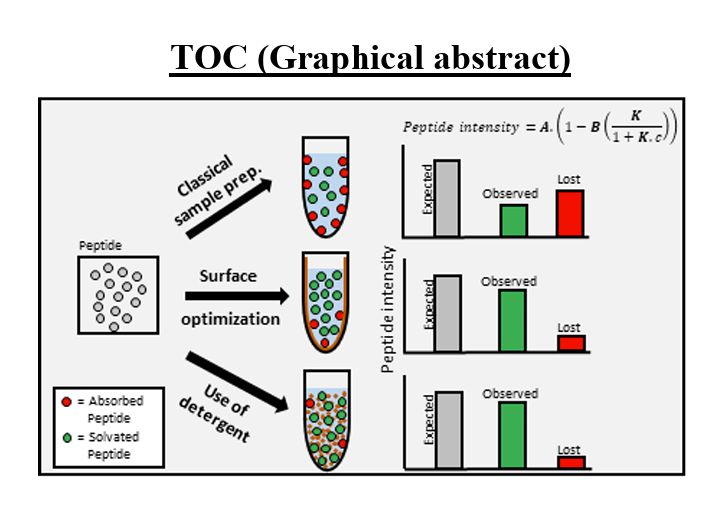
Significant impact of consumable material and buffer composition for low-cell number proteomic sample preparation chemrxiv.org/engage/...
---
#proteomics #prot-preprint
21.03.2025 15:00 — 👍 5 🔁 2 💬 0 📌 0

In-Depth Comparison of Reagent-Based Digestion Methods and Two Commercially Available Kits for Bottom-Up Proteomics pubs.acs.org/doi/ful...
---
#proteomics #prot-paper
09.03.2025 14:40 — 👍 3 🔁 2 💬 0 📌 1
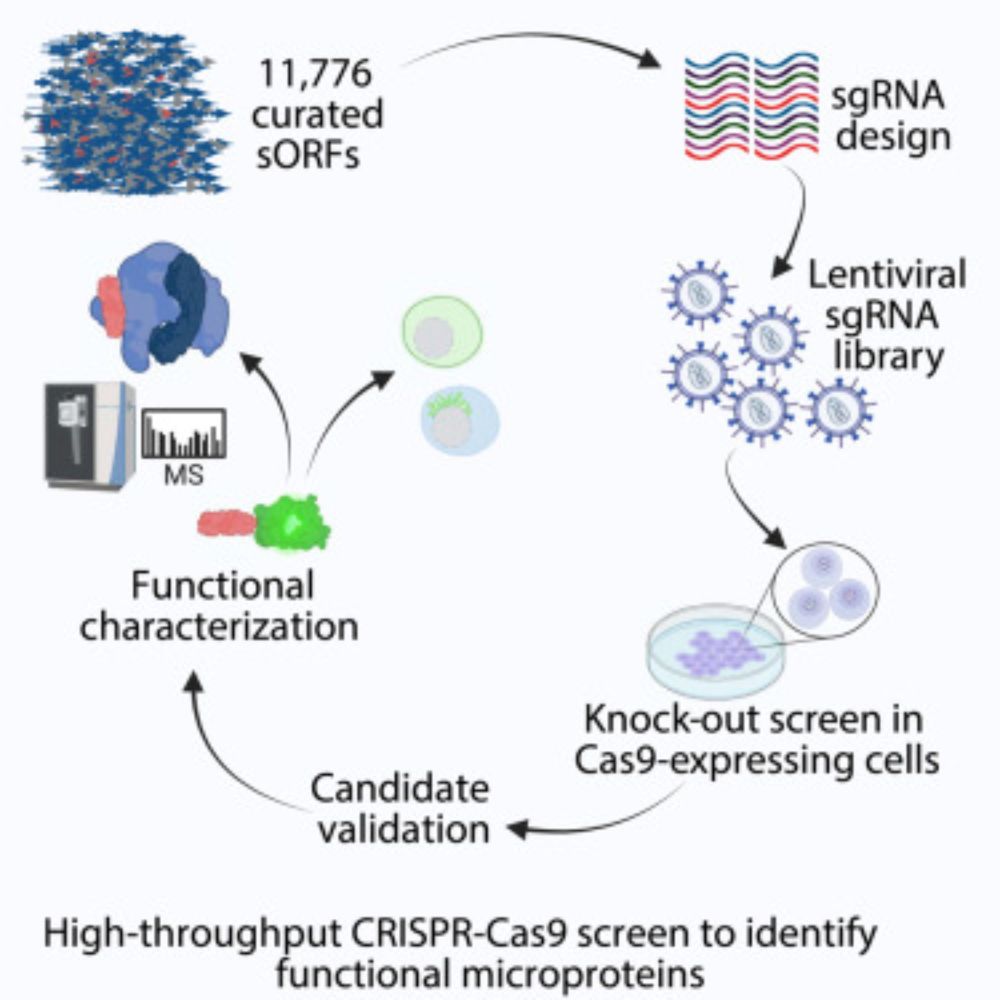
A large-scale sORF screen identifies putative microproteins involved in cancer cell fitness
molecular genetics, classification of proteins, methodology in biological sciences,
cancer, and cell biology
It feels a little bit postclimactic to post this now, after the first version of our paper hit bioRxiv when X was still a thing that people used, the revised version was formally accepted at Cell Community past November. But here is the final print version of our paper
www.cell.com/iscience/ful...
06.03.2025 11:08 — 👍 13 🔁 7 💬 0 📌 4

Introducing Gaia: Context-Aware Protein Search Across Genomic Datasets — Tatta Bio
Gaia is an embedding-based search engine for sequences.
Have a protein of unknown function? Try this www.tatta.bio/blog/gaia ! This is imo one of the best ai tools I have seen since alphafold alpha fold. I recommend you look at the paper too! #bioinformatics #biologicalDarkMatter #Gaia #tatta
03.03.2025 19:10 — 👍 11 🔁 3 💬 0 📌 1
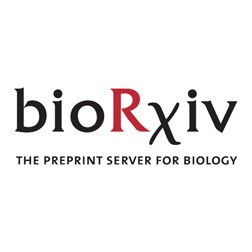
(BioRxiv All) PepCentric Enables Fast Repository-Scale Proteogenomics Searches: Identifying novel peptides arising from alternative splicing, mutations, or non-canonical translations is a crucial yet challenging aspect of proteogenomics. We introduce… http://dlvr.it/TJFswF #BioRxiv #MassSpecRSS
01.03.2025 04:03 — 👍 0 🔁 1 💬 0 📌 0
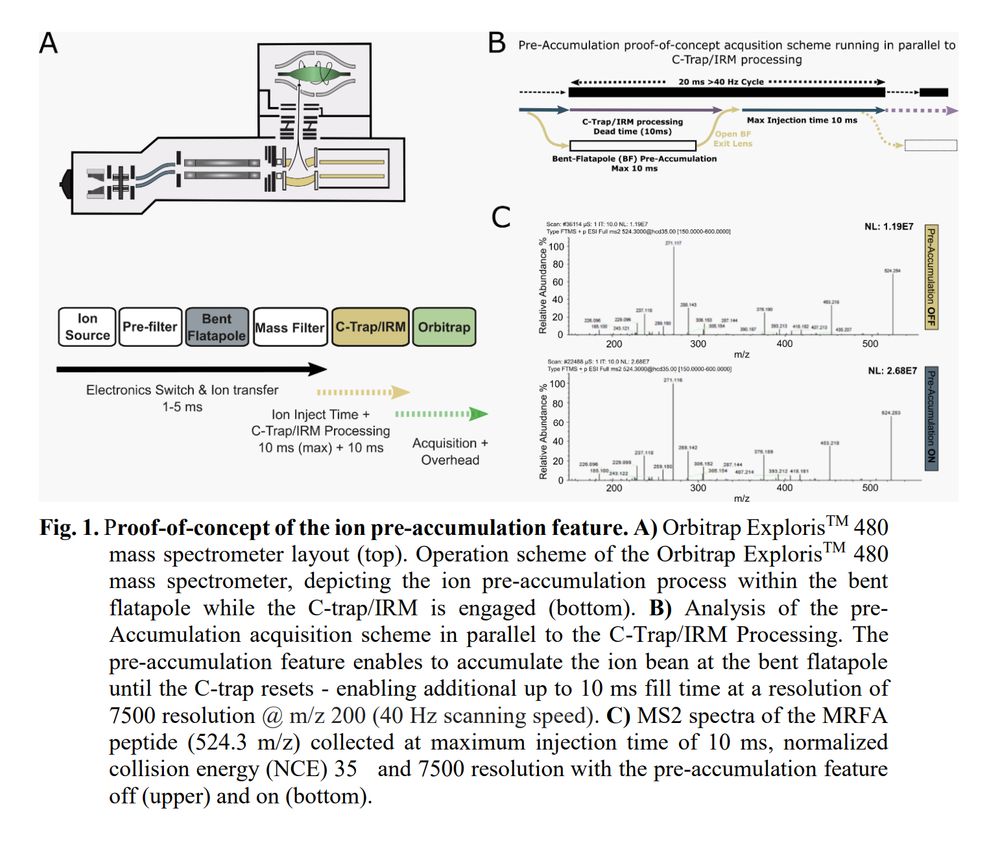
Enhancing tandem MS sensitivity and peptide identification via ion pre-accumulation in an Orbitrap mass spectrometer www.biorxiv.org/cont...
---
#proteomics #prot-preprint
26.02.2025 19:00 — 👍 10 🔁 2 💬 0 📌 1

The Current Landscape of Plasma Proteomics: Technical Advances, Biological Insights, and Biomarker Discovery www.biorxiv.org/cont...
---
#proteomics #prot-preprint
23.02.2025 10:00 — 👍 10 🔁 3 💬 0 📌 2

Proteomics Scientist | John Innes Centre
The John Innes Centre (JIC) seeks a talented, motivated individual as a proteomics specialist to serve the growing needs of proteomics-based technology at JIC, which is a globally recognized…
VACANCY - We’re seeking a Proteomics Scientist to work alongside our experienced platform manager to help serve the growing needs of proteomics-based technology at the John Innes Centre (JIC).
www.jic.ac.uk/vacancies/pr...
Closing date - 2 March 2025
Contract - Full-time, indefinite
12.02.2025 08:40 — 👍 5 🔁 7 💬 0 📌 0

(ABioanChem) Quantitative proteome-wide O-glycoproteomics analysis with FragPipe: Abstract
Identification of O-glycopeptides from tandem mass spectrometry data is complicated by the near complete dissociation of O-glycans from the peptide during collisional… http://dlvr.it/THhR43 #MassSpecRSS
31.01.2025 07:58 — 👍 6 🔁 3 💬 0 📌 0
TurbOmics
A web-based platform for the analysis of untargeted metabolomics with multi-omics integrative approach
Interesting discussion! 🌟 For those interested in performing multi-omics integration with proteomics, transcriptomics, and metabolomics datasets, check out TurbOmics! 🚀. It's a user-friendly web-based platform including multivariate models such as MOFA and MBPLS: proteomics.cnic.es/TurboPutativ...
24.01.2025 09:26 — 👍 7 🔁 2 💬 2 📌 0
PTMVision
PTMVision: Interactive Visualization of Post Translational Modifications | Understanding the intricate landscape of post-translational
modifications (PTMs) is crucial for unraveling the co...
Do you want to explore the PTMs you identified in your last MS experiment in a fun, interactive way? Try it out on our PTMVision web server at ptmvision-tuevis.cs.uni-tuebingen.de and check out the new publication in JPR at doi.org/10.1021/acs....!
21.01.2025 16:02 — 👍 10 🔁 7 💬 0 📌 0
Nice! 🔖 Bookmarking for my future reference..
16.01.2025 21:04 — 👍 0 🔁 0 💬 0 📌 0
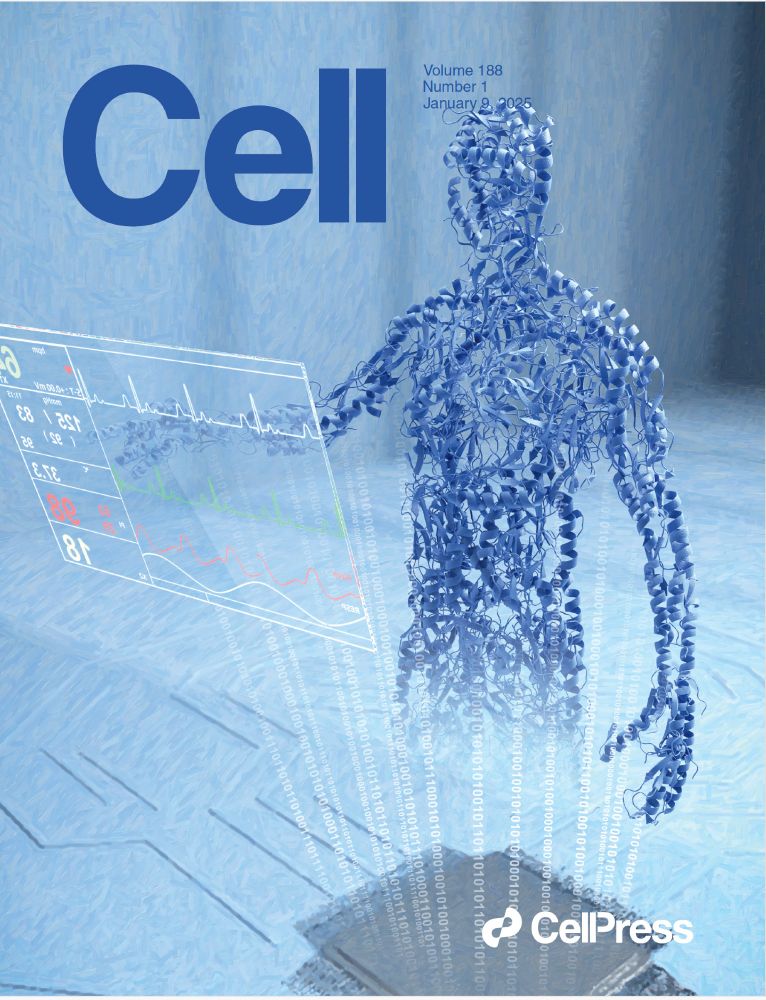
The cover image portrays a human composed of proteins who is examining their health status (represented by the ECG monitoring interface) with the assistance of artificial intelligence (represented by the chip and binary codes).
Something you don't see every day!
Digitizing the human proteome in >53,000 individuals with 15-year follow-up and, with machine learning, unraveling nearly 500 disease-causing proteins
www.cell.com/cell/fulltex...
open-access
10.01.2025 18:56 — 👍 406 🔁 104 💬 7 📌 3
Favorite figure showing how poorly RNA and protein correlate?
10.01.2025 22:25 — 👍 19 🔁 5 💬 5 📌 1
